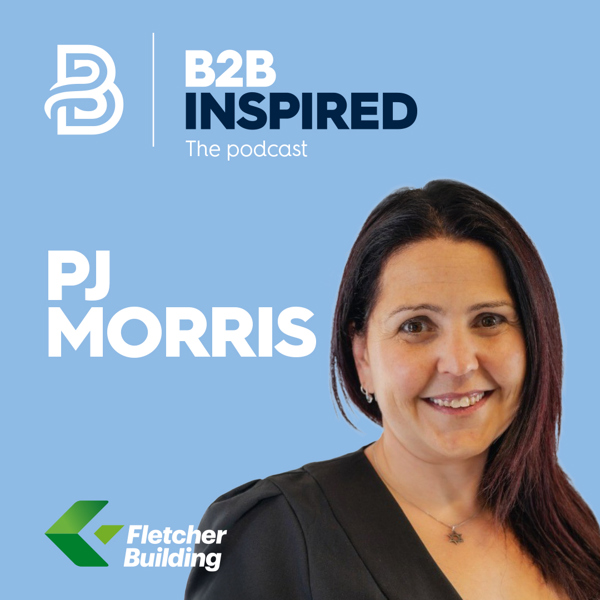Strategy’s one of those words that gets used a lot, but not always in the right way.
Right now, we know a lot of B2B teams are under pressure — but the targets haven’t changed. That’s where a clear strategy really helps. It gives focus. It gets everyone moving in the same direction. And it makes it easier to decide what’s worth doing, and what’s not.
It's easy to mistake a plan for a strategy. You’ve probably seen campaign calendars, content roadmaps or activity lists get called “strategy”. But, without a clear strategy to guide them, those actions can start to drift. Everyone stays busy, but not always aligned. Results get harder to track, and even harder to repeat.
We spoke with two people who know this territory well to help clarify the difference between a strategy and a plan. You can listen to both interviews on our B2B Inspired Podcast.
PJ Morris, Head of Customer Experience and Marketing at Fletcher Building Concrete Division, shared how strategy works when it’s clear, commercial and cohesive. With 25 years in B2B marketing, she’s seen the consequences of teams skipping the strategic step.
Jayden Kilpatrick, founder of Supplier Collaboration Project, brought a perspective from helping New Zealand brands get onto shelves in retail. Working closely with B2B buyers and emerging brands, he helps teams shape their go-to-market strategy so it earns shelf space.
Together, they helped shine a light on what strategy is not—and what it needs to be.
1. Strategy defines the problem, plans solve it
As PJ Morris put it:
“If you break strategy down into three key areas, it’s about diagnosing the problem. What’s the nature of the challenge you’re trying to solve? Then, (look at) the overall approach to overcome that challenge. And finally, the plan, which is the cohesive, coherent actions you’re going to take as a business to deliver a result that moves you from A to B.”
That starts with being honest about what challenge you're solving. It might be growth, retention, market entry or margin. But defining the problem matters.
2. Strategy is choice. Plans are tasks
Strategy is as much about what you are not going to do.
PJ spoke about the risk of having too many “strategies” floating around. “You lose cohesion,” she said.
Jayden Kilpatrick sees the same thing in FMCG:
“A good strategy is being clear on what the end goal is and the steps we need to take to achieve it. A lot of suppliers throw their net very wide to try and capture a large audience. We dial it back. We focus on the 20% that really matters.”
The best strategies are narrow, not broad. They give you permission to say no, which is a powerful thing.
3. Strategy is stable, plans are flexible
Markets shift. Competitors move. Budgets change. That’s why your plans need room to adjust. But your strategy—your direction—should stay steady.
PJ reminded us:
“Strategy shouldn’t change. Plans should. Because plans change with what’s happening in the market—the dynamic of competitors, your budget, how many salespeople you have. But the ultimate business challenge and where you’re going shouldn’t. If that’s changing every year, then you’re never going to move forward.”
A stable strategy gives you the confidence to test and learn—without losing sight of where you're heading.
4. Strategy is shared, plans are departmental
This is a big one. Strategy belongs to the business—not just to marketing, or sales, or product.
PJ put it clearly: “I’m a big proponent of one strategy and one strategy only. Everything else is a plan—how you’re delivering to that bigger business challenge. The minute you start having multiple strategies, you start to lose the cohesion.”
When strategy is shared, it brings consistency. It helps everyone row in the same direction, even if they’re in different boats.
If some of this feels familiar, you’re not alone.
Many B2B leaders are in the same position—balancing big goals with limited resources, trying to align teams, and make every dollar count. That’s why getting strategy right matters so much. It’s not about more work. It’s about doing the right work, together.
Read, watch and learn more about strategy in our resources below.






